Mobile has changed the landscape of consumerism in a few short years by becoming our favorite tool for reading the news, watching television, communicating, socializing, shopping, making decisions, navigating…for just about everything!
As a marketer, mobile is a very powerful place for you to connect with your audience.
However, with great power comes great responsibility. Since mobile is such a personal medium, it is the easiest place for marketers to make massive mistakes that will turn off a customer forever.
We’re here to help you avoid making those mistakes. Here’s what you should be looking out for and what you can learn from those who have come before you:
1. Treating the mobile experience like it’s the desktop
Too many mobile experiences are just smaller versions of the brand’s desktop, enabling the exact same functionality, and trying to shrink it down to the small screen. Yet, a mobile app is an entirely different vehicle for experiences, and it should be treated differently for the new opportunities it provides.
A mobile customer will quickly discard overwhelming designs that mimic desktop content page-for-page. It’s fairly common to assume that a customer will input as much information on the mobile device as they do on the desktop. But input is much more time consuming on mobile devices, and it’s important to design with that in mind. The reality is that the small screen can be a blessing, as it enables you to focus on what is truly important.
Beyond design, mobile provides uniquely powerful abilities. For example, mobile apps have the benefit of being able to know where we are all the time. It makes our lives easier when we can tap a button, be located on a map, and then be shown all gas stations, Vietnamese restaurants, Macy’s stores, or bus stops near us.
What you can do:
Simplify your customers’ lives by focusing their attention on the few things that truly matter. If you already have a desktop site or app, pare down the functionality to a few core tasks. Then learn from your customers about what they really miss from your desktop version. You might be surprised to find that they don’t notice anything is missing.
“The font game” mobile app is a great example of design that is mobile optimized. With its large buttons, visual appeal, and emphasis on just the core features on the main page, this app is truly fit for mobile.
Optimized mobile app design in “the font game”
2. Building an app without a plan for marketing it
At this point, we’ve all heard the amazing download numbers coming out of the app stores. But that aggregate number doesn’t mean your app will garner huge downloads just by publishing it in the app store. Companies with existing web presences and audiences can take advantage of their assets to properly market and promote a new app.
Even though your website landing page shouldn’t be an overwhelming advertisement for your mobile app, when your customers visit your website, they should know that there’s an optimized mobile app available as well.
Nordstrom has a mobile app, but you wouldn’t know it without reading through every single link at the bottom of their page.
Don’t make it hard to find your mobile app
Sephora, on the other hand, does a better job of promoting its iOS app at the bottom of every page with the recognizable app store logo link to its download page.
Clear call-to-action to download the app
You also should spend time getting familiar with the most common mobile app discovery paths. App stores are the primary method of app discovery, but still, too many app publishers completely neglect the importance of their app’s title, keywords, and descriptions.
In addition, it is important to encourage happy customers to leave reviews. Too often, only unhappy customers leave negative reviews while satisfied ones remain silent. Once someone finds your app in an app store, they look to reviews to see whether the app is worth downloading. If you’re not focused on getting your happy customers to leave reviews, you’re losing thousands of potential customers.
What you can do:
If you have an existing web presence, take the time to tune it for your mobile visitors. Use all of your channels for communication to let your customers know about your app. Bring existing assets like your Twitter account, email list, or Facebook page to your app’s marketing activities.
In addition, you should be proactively setting your app’s title, keywords, descriptions, and screenshots. There are some great tools for improving your App Store Optimization (ASO) that will help customers find your app in the app stores. Check out MobileDevHQ, SearchMan, or Appnique.
Finally, make sure your ratings and reviews reflect a positive image of your app. In order to market your app successfully, you need to have a proactive approach for getting happy customers to leave positive reviews in app stores. Consider in-app prompts that remind customers to leave reviews after completing a significant action like making a purchase, using a coupon, or accomplishing an achievement.
PaidPunch’s mobile app guiding happy customers to leave a review
3. Building a mobile website and trying to pass it off as an app
With over 750,000 apps in both the iTunes App Store and Google Play, the bar for an app is extremely high.
Publishing an app that is, essentially, a launcher for a mobile website communicates to your customers that you don’t really understand mobile. It will quickly lead them to search for an alternative app that is native.
This is because native apps are built for a world full of spotty internet connections and limited time. Sure, it’s great when you have 5 bars of LTE connection, but apps need to work in the subway, on the plane, and even in dead spots.
Building a mobile app can be a daunting task, and building a native app for multiple platforms can be overwhelming. It’s understandable that many companies attempt to build an app that is purely web-based in order to simplify their lives. This is the wrong approach, though. Consumers aren’t concerned with the complexity of your development process; they’re purely focused on their own experience.
What you can do:
Instead of attempting to support every platform out of the gate, focus on one platform. Use it as an opportunity to learn about what works and resonates with your customer base. If you absolutely must release on multiple platforms, employ a cross-platform programming language that assists in the delivery of native apps for multiple environments. Options in this space include Corona Labs, Appcelerator, PhoneGap, Xamarin, and Icenium.
4. Assuming that people will come back to your app “just because”
The number one problem in the mobile app ecosystem is retention. For most apps, 90% of the people who download your app are gone within 6 months. 90%!
An investment in a mobile app for your business requires an understanding of why people would return to use your app on a regular basis. Have you built a game that is easy to finish? Is your app’s utility more novelty-driven than recurring in nature? Have you assumed that you’d be placed on someone’s home screen after just one use? If so, you’re likely to fall into the large bucket of apps that struggle to retain customers for longer than a few days.
People return to your app because it has ongoing value for them, not because you’d like them to. It’s very important to accept this and focus on designing your app from the outset to answer the question: why would anyone use this more than 5 times?
What you can do:
Fortunately there is a lot you can do to address the retention issues. There are two key strategies you can employ:
- Design around a consistent and recurring use case. This requires that you truly understand what customers want from your mobile app, why they use it, how they use it, and when they use it. If you don’t know the answers to these questions, you need to invest in research with your customer base, either through focus groups or within the app using real-time in-app surveys.
- Create engagement mechanisms for your app to re-connect with consumers and remind them of your app’s presence on their device. You can generate reasons to engage, like exclusive content or benefits for your customers (discounts, rewards, content packs, etc.) available only through the mobile app.
Exclusive mobile coupons through Walgreen’s mobile app
You also can use frequent updates to remind customers about your app and demonstrate that you’re continuing to improve it. Be sure to include the changes in the update description to highlight what customers can look forward to and encourage them to open the app.
Updates serve as reminders that catch your customers’ attention
5. Ignoring your app’s customer base
Mobile’s true power comes from its personal nature. When your app is installed on a consumer’s device, they have you in their pocket all day every day. This provides a perfect opportunity to listen to your customers and engage with them in a personal manner. You can delight them with your acknowledgement of their worth to you as a customer.
Too many companies are investing in mobile apps and then making it impossible to take the last step of connecting to the people who download the app. By creating two-way communication channels within your app, you can make each and every consumer feel special, at scale.
Customers will have issues, questions, and suggestions when using your mobile app. The reality is that consumers today have higher expectations than ever before when it comes to customer service and responsiveness. We all expect companies to be listening to us and serving our needs as a course of business. In the mobile app space, the main channels for communication are the ratings and reviews tabs in app stores. For the consumer, this is terribly frustrating as the app stores leave no room for dialogue, and remarks or feedback left cannot be given a response. This can make a company look like it isn’t listening or trying to address the customer’s commentary.
What you can do:
Consider building in-app communication tools to make it easy to submit feedback inside the app. Listen to customers before they’ve gotten frustrated enough to visit the app store. If you don’t have the time or resources to build these tools internally, look for services that provide in-app feedback or intelligent ratings prompts in order to solve your problems. You’re likely to find that the ROI on these services is significant because of the way in which it helps you grow retention, ratings, reviews, and research – the four R’s of the app business.
Urbanspoon’s in-app feedback
It is well worth a marketer’s time to make customers feel valued and create a way for communication to happen between the brand and mobile customer in-app. Mobile apps that engage their customers, listen to them, develop relationships, and iterate find themselves with a loyal audience of fans who tell others about the app and spend time giving feedback to make it better.
Mobile apps are an incredibly powerful way to connect with your customers and drive your entire company’s marketing efforts forward. In order to be successful, it’s important to spend time upfront planning your marketing efforts so that you can take advantage of the unique qualities of mobile devices. By avoiding these 5 common mistakes, you can improve your app’s chances of success and make a powerful marketing tool for your company.
About the Author: Robi Ganguly is the CEO of Apptentive, the easiest way for every company with an app to talk with their customers. When he’s not at the office, you can find him running, reading, cooking, spending time with friends, or hanging out on Twitter (@rganguly).
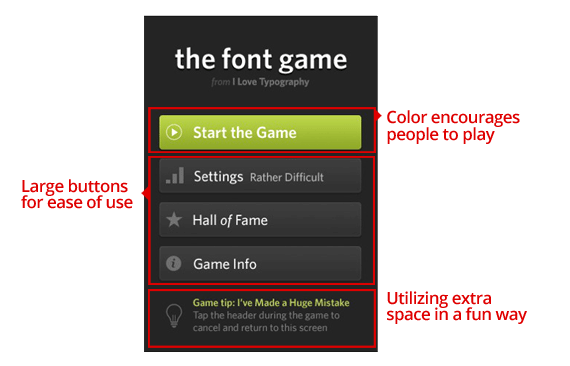


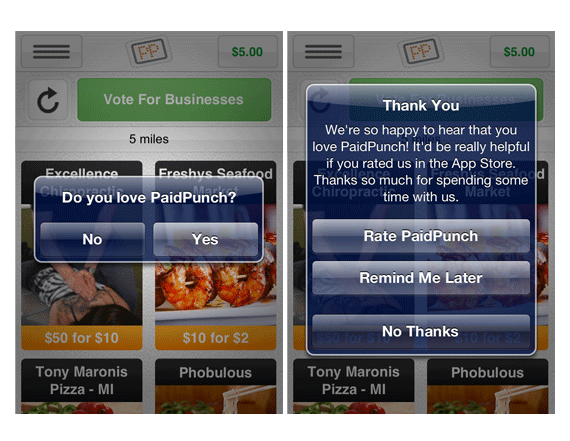
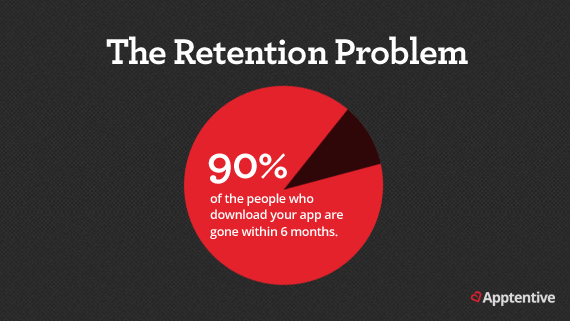
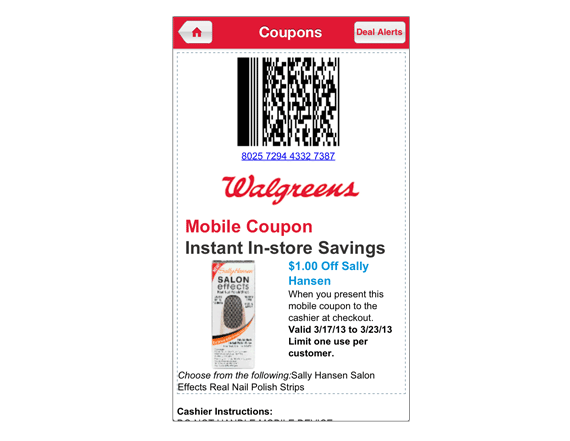
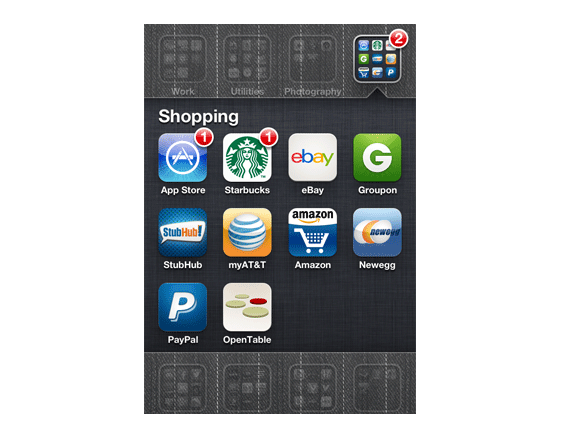
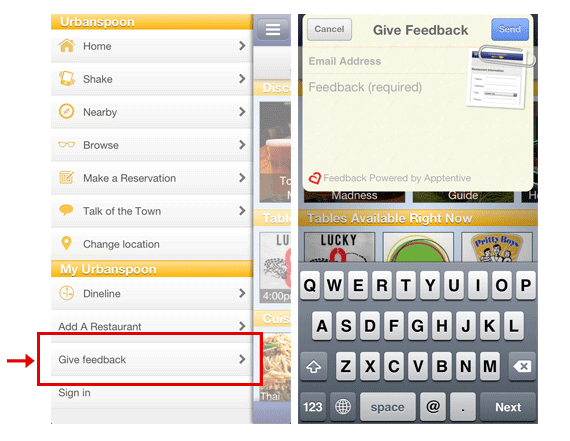
Comments (34)